It hosts various beautiful landscapes like Tràng An Tourism Complex and Tam Cốc – Bích Động Tourism Site.
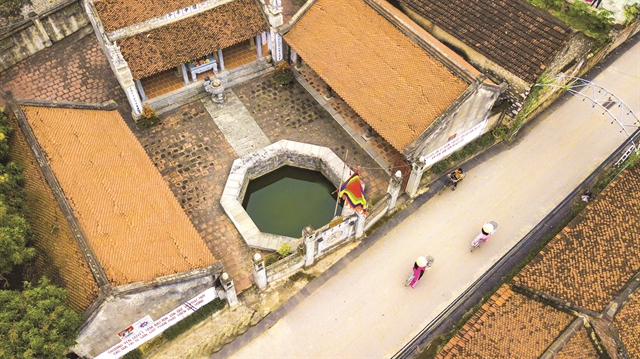 |
|
An aerial view of a well at a village in Hoa Lư District, Ninh Bình Province. — VNA/VNS Photo Minh Đức |
It also possesses typical features of northern rural plain with ancient wells in villages.
The wells represent significant cultural values, which also feature the source of life and bridges between humans, heaven and earth.
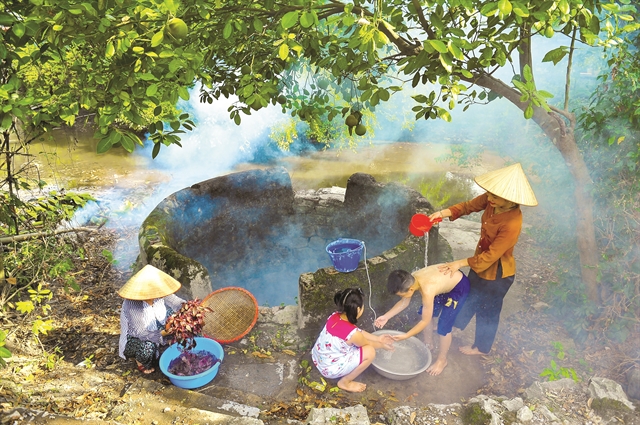 |
|
Locals still use waterfrom wells beside tap water for daily use. — VNA/VNS Photo Minh Đức |
Today, though tap water is available in the locality, locals still preserve and use the water from ancient wells daily.
Before tap water, wells used to be common throughout Việt Nam in the yards of communal houses and here and there in villages.
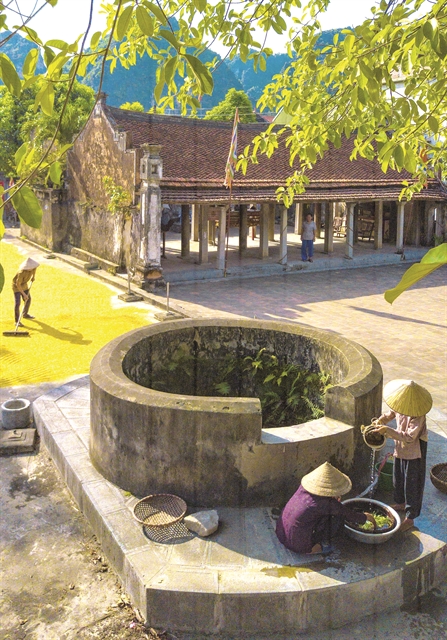 |
|
A well by a communal house, where villagers gather for common activities. — VNA/VNS Photo Minh Đức |
Banyan trees, wells and communal houses are typical features of northern Vietnamese rural areas.
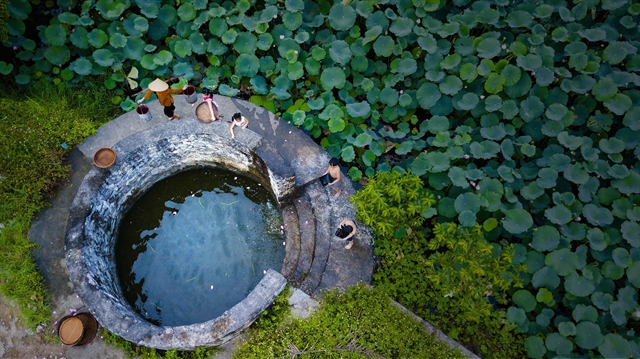 |
|
A well by a lotus pond.— VNA/VNS Photo Minh Đức |
For Vietnamese people, wells not only supply water for daily use but also have been considered as holy objects protected by genies. The older they are, the holier they get. VNS
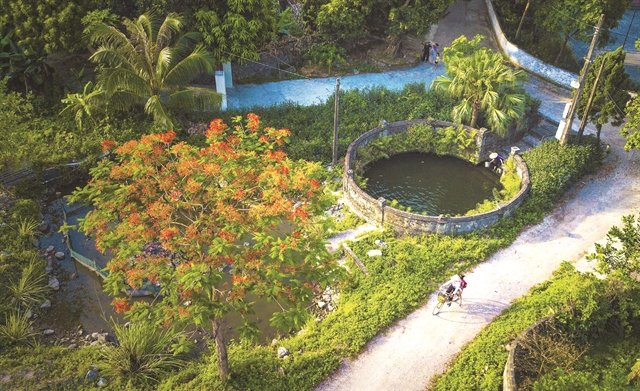 |
|
Wells are essential parts of northern rural villages in Việt Nam. — VNA/VNS Photo Minh Đức |